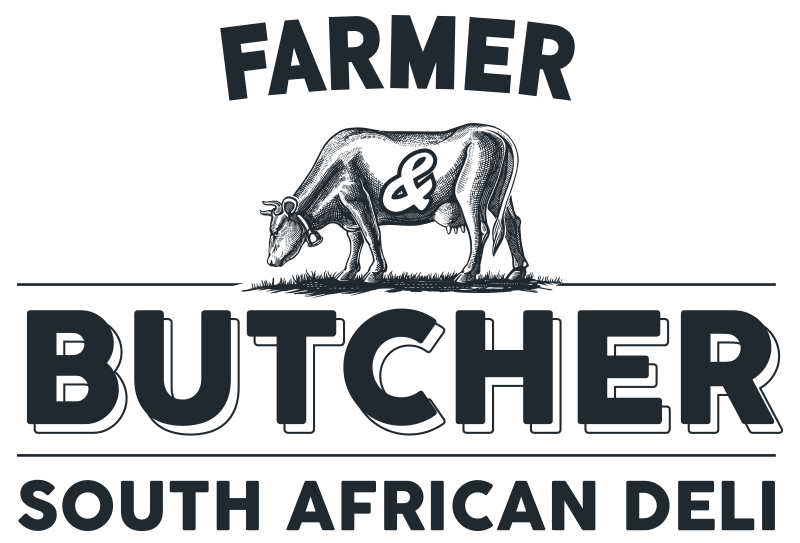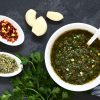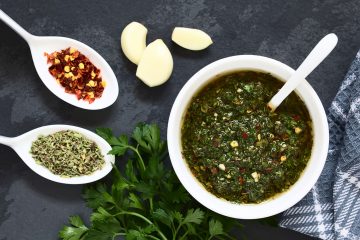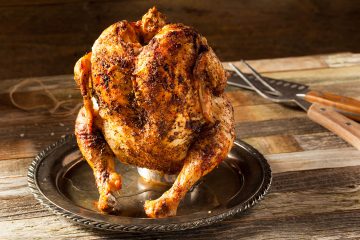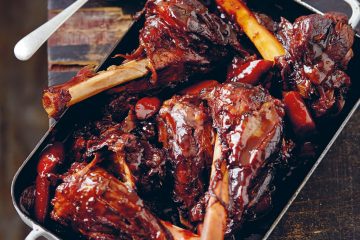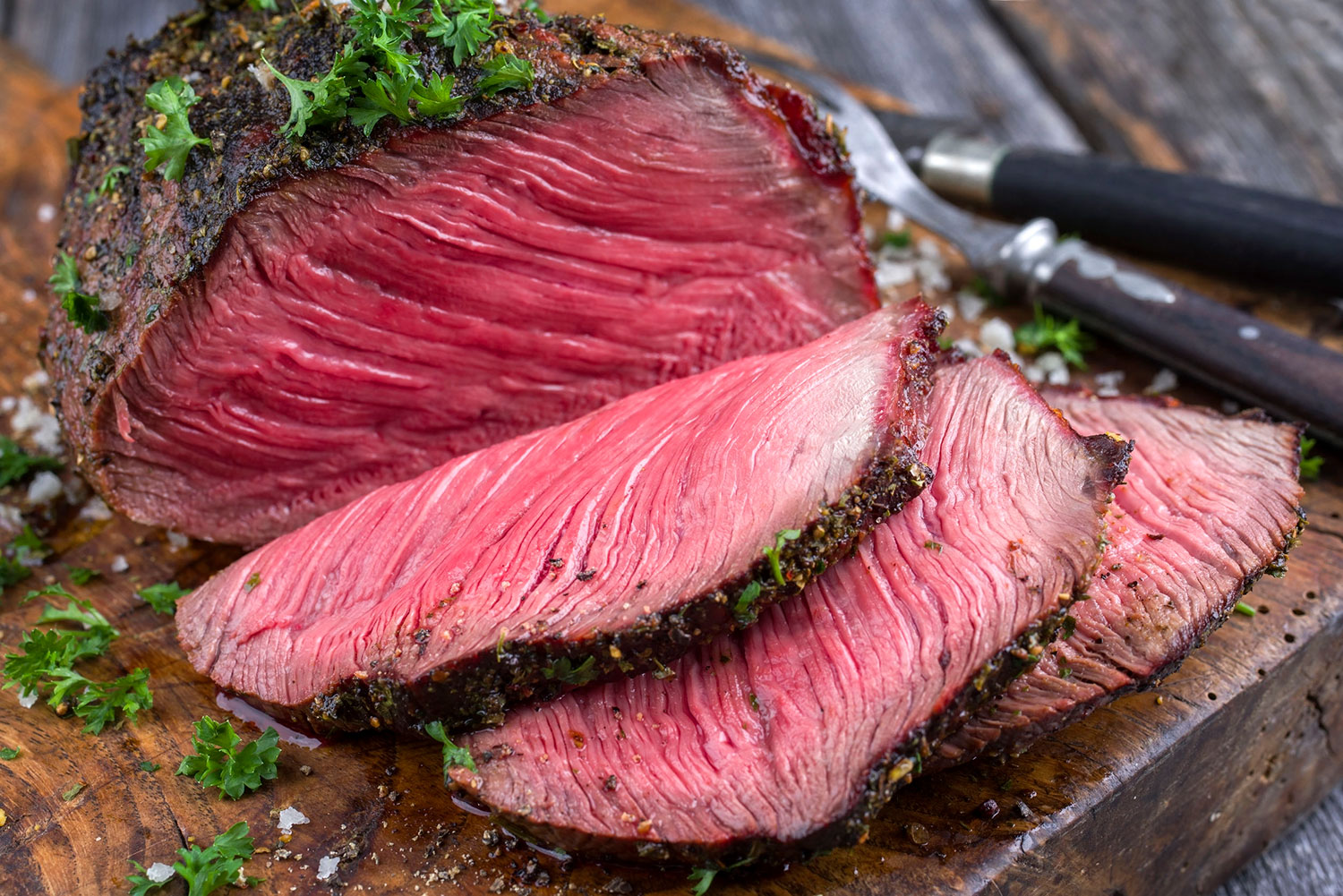
Picanha, or rump cap, is an underused cut of beef in the UK, despite the fact that it has loads of flavour. In Brazil, it is the most prized cut and we’re not the slightest bit surprised as this is a truly delicious and special cut and the one you will often see skewered and sizzling over a hot grill. It’s also great as a super quick roast – cooking a 1.5kg piece of meat cooking to medium rare in just under an hour.
We’ve steered towards North Africa with the flavours in this recipe, using lots of bold spice and serving it with roasted quince – a particularly fragrant fruit that makes a lovely sweet and sour accompaniment to the meat.
The picanha is rubbed with a mixture of white and black peppercorns, bay leaves, and a combination of hot and smoky chillies including guiajillo and pasilla. The result is a spicy, highly seasoned crust, which would also work well on the barbecue. The secret to its great taste is the generous layer of fat – so don’t remove or trim it.
The quince is simmered in a sugar syrup along with cinnamon, cloves and a hefty slosh of marsala, before being baked in the oven. Together with the beef this is an unusual and impressive combination that makes a nice change from the usual roast dinner.
Don’t forget to save the shallots that cook underneath the beef, as they soak up the sticky beef fat and spices and are excellent as a side dish. In keeping with the North African/Latin American vibes it would be lovely to serve this with a pilaf, although it’s great as it is.
A Californian, South African or Australian Pinot Noir alongside wouldn’t hurt one bit.
Ingredients
- 5kg beef rump cap, also known as picanha
- 5 banana shallots, peeled and halved
- 4 dried chillies, (regular) seeds shaken out
- 1 dried guajillo chilli
- 2 dried pasilla chillies
- 4 bay leaves, (it’s important to use dried leaves as they are going to be blended)
- 1/2 tbsp of white peppercorns
- 1/2 tbsp of black peppercorns
- 20g of sea salt
- Spiced quince
- 2 large quince, peeled
- 1 lemon, juiced
- 4 tbsp of brown sugar
- 200ml of Marsala wine
- 1 cinnamon stick
- 5 cloves
Instructions:
- Preheat the oven to 180°C/gas mark 4.
- Cut the quince in half then cut each half into three pieces. Remove the seedy bit in the centre.
- Place them in a saucepan with 300ml water, the Marsala, sugar, cinnamon stick and spices. Simmer for 6 minutes or until a sharp knife goes through the quince easily
- Lift from their poaching liquid and transfer to an ovenproof dish. Pour over a little of the liquid and cook for 10 minutes, or until completely soft.
- To cook the picanha, remove any sinew from the underside (not the fat side) of the meat. Heat a heavy frying pan or skillet over a high heat and sear the fat for a couple of minutes. Turn over and sear the underside for 1 minute more.
- In a spice grinder, blend the peppercorns, chillies and bay leaves. Mix in the salt and rub this all over the picanha.
- Place the halved shallots in an ovenproof roasting dish and sit the picanha on top. Roast, uncovered for 45 minutes for very rare (as in the photo), 50 minutes for medium rare, and so on. Rest for 20 minutes before serving with the quince.
Picanha might be one of the most diverse, interesting and flavorful cuts of beef that you can learn how to cook
Interesting note:
According to some people in suits in Europe who probably braai with gas, we’re not really allowed to call the South African wine that is made like port, looks like port and tastes like port, ‘port’. So officially it’s now known as ‘Cape Vintage’. Their reasoning is that ‘port’ is originally from Europe, and so if it’s from South Africa, then it’s not ‘port’.
At the time of writing this book those same people in Europe still allowed us to call the meat from the animal that is quite woolly, ‘lamb’. I find this surprising as these animals are also originally from Europe. If these bureaucrats were consistent in the application of their bureaucracy then they would probably have tried to stop us from calling the meat we braai ‘lamb’ as well! The good news is, this fantastic potjie recipe is way less complicated than intercontinental food name rules. The meal is every bit as phenomenal as you might imagine!
